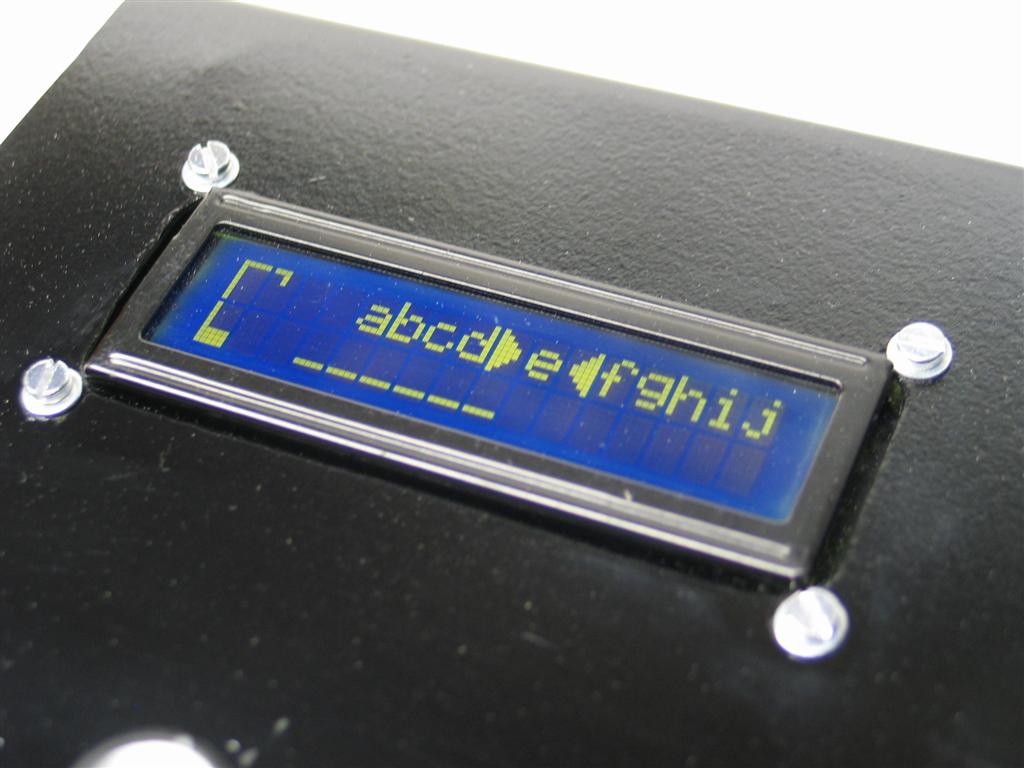Hangmanduino
Hangmanduino is complete! A word is selected at random from a list of 10 words. This could be set higher, but for demonstration purposes, it’s 10. The user scrolls through the alphabet to select a letter using the potentiometer on the front of the case. To select a letter, the user pushes down on the potentiometer. Schematics, pictures of the build and demo video can be found below…click here to download the source code, but keep in mind you will need to download the string library as well to compile this code.









